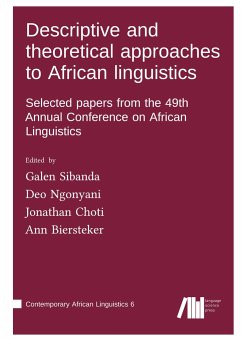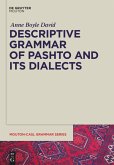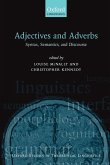After being dominant during about a century since its invention by Baudouin de Courtenay at the end of the nineteenth century, morpheme is more and more replaced by lexeme in contemporary descriptive and theoretical morphology. The notion of a lexeme is usually associated with the work of P. H. Matthews (1972, 1974), who characterizes it as a lexical entity abstracting over individual inflected words. Over the last three decades, the lexeme has become a cornerstone of much work in both inflectional morphology and word formation (or, as it is increasingly been called, lexeme formation). The papers in the present volume take stock of the descriptive and theoretical usefulness of the lexeme, but also adress many of the challenges met by classical lexeme-based theories of morphology.








